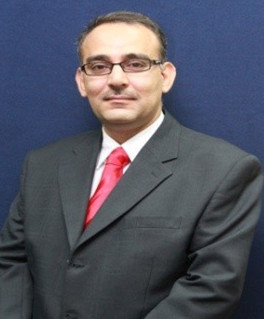Abstract—In the real-time micro-terrain detection of
deep-sea cobalt-rich crust, the sonar detection performance is
seriously influenced by the suspended sediments stirred up by
the mining hob. To analyze the optimum detection frequency in
deep-sea mining environment, a simulative system of deep-sea
mining was built in laboratory. The acoustic attenuation in
simulative deep-sea mining was calculated using the parameters
measured in experiment, such as the temperature, salinity and
concentration of suspended sediments. On this basis, the
transmission loss and the volume reverberation were studied as
a function of detection frequency and suspended sediment
concentrations with a detection distance of two meters.
Subsequently, the optimum detection frequency in severe
reverberation environment was calculated with the help of
active sonar equation. With the further consideration of vertical
detection accuracy, the detection frequency in simulative
deep-sea mining was finally determined. Results indicate that: 1)
in simulative deep-sea mining,the suspended sediments induced
acoustic attenuation and volume reverberation have a
significant effect on detection frequency and cannot be ignored;
the impact of suspended sediments on acoustic attenuation is
much greater than volume reverberation; 2) both the
transmission loss and the volume reverberation increase with
increasing suspended sediment concentrations and detection
frequency, and the detection frequency of the sonar detection
system decreases with increasing particle concentrations; 3)the
detection frequency in simulative deep-sea mining environment
is confirmed to be 158KHz by taking acoustic attenuation,
volume reverberation and vertical detection accuracy into
account.
Index Terms—Simulative deep-sea mining, cobalt-rich crust,
suspended sediments, acoustic attenuation, volume
reverberation, detection frequency.
Haiming Zhao is with State Key Laboratory of High Performance
Complex Manufacturing, Central South University, Changsha 410083 China
(e-mail: zhm0097@126.com).
Yaqian Ji and Qi Hao are with School of Mechanical and Electrical
Engineering, Central South University, Changsha 410083 China (e-mail:
saqlag_yaqian@sina.cn, qicai321@sina.com).
[PDF]
Cite:Haiming Zhao, Yaqian Ji, and Qi Hao, "Operating Frequency of Cobalt-Rich Crust Micro-terrain Detection in Simulative Deep-Sea Mining," Journal of Clean Energy Technologies vol. 5, no. 4, pp. 314-319, 2017.


